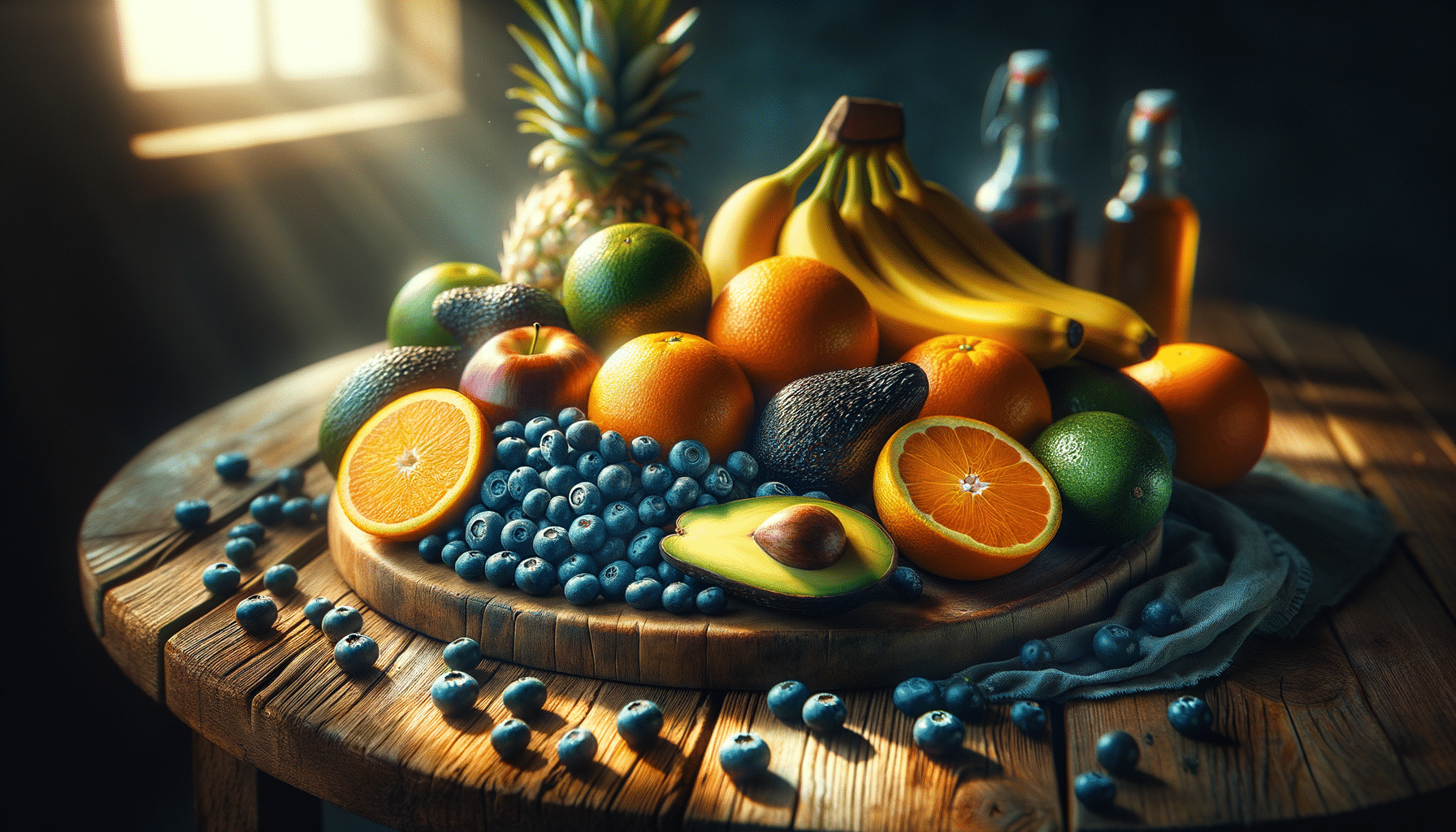
Breaking Down the Science of Spherification in Culinary Arts
Spherification, a fascinating technique in molecular gastronomy, transforms liquids into spheres that burst with flavor, offering a unique culinary experience.
Understanding Spherification
In the realm of innovative cooking techniques, spherification stands out for its ability to transform the texture and presentation of culinary creations. This process involves turning liquids into gel-like spheres, reminiscent of caviar, which pop delightfully in the mouth.
The Science Behind Spherification
Spherification relies on the chemical reaction between sodium alginate, a gelling agent derived from brown seaweed, and calcium chloride. When a liquid mixed with sodium alginate is dropped into a calcium chloride bath, a thin membrane forms around the liquid, creating a sphere.
Expert Insights
Culinary expert and molecular gastronomy advocate Hervé This explains, “Spherification is a beautiful blend of science and art, allowing chefs to manipulate textures and surprise diners.” This innovative method is embraced by chefs worldwide for its visual appeal and unexpected sensory experience.
Practical Applications
Chefs use spherification to elevate dishes, creating spheres from juices, purees, and even cocktails. For instance, a classic tomato soup can be served with basil-flavored spheres, adding a burst of fresh flavor to each bite.
“The joy of spherification lies in its ability to transform ordinary ingredients into extraordinary experiences,” notes renowned chef Ferran Adrià.
Actionable Tips for Home Cooks
- Start with simple ingredients such as fruit juices or flavored water.
- Ensure your sodium alginate solution is well-blended to avoid clumps.
- Experiment with different flavors and colors for visual appeal.
Comparing Basic and Reverse Spherification
| Aspect | Basic Spherification | Reverse Spherification |
|---|---|---|
| Use | Juices, flavored liquids | More viscous liquids like dairy |
| Process | Alginate in liquid added to calcium bath | Liquid with calcium added to alginate bath |
| Membrane | Thinner | Thicker |
| Texture | Delicate | More robust |
| Storage | Immediate consumption preferred | Can be stored longer |
| Flavor | Pure liquid flavor | Slightly altered by calcium |
| Examples | Cocktails, juices | Yogurt, cream |
| Skill Level | Beginner | Intermediate |
FAQs on Spherification
What ingredients are essential for spherification?
Sodium alginate and calcium chloride are the primary ingredients for spherification.
Can I use any liquid for spherification?
Most liquids can be spherified, but those high in acidity may require adjustments to the pH level.
How long do spherified liquids last?
Basic spherification is best consumed immediately, while reverse spherification can last longer.
Conclusion
Spherification offers an exciting way to explore the intersection of science and culinary arts. By experimenting with this technique, both professional chefs and home cooks can create dishes that captivate both the eye and palate. Whether you’re serving a cocktail with a twist or giving a classic dish a modern update, spherification adds an element of surprise and delight. Embrace this innovative method and let your creativity shine in the kitchen.


